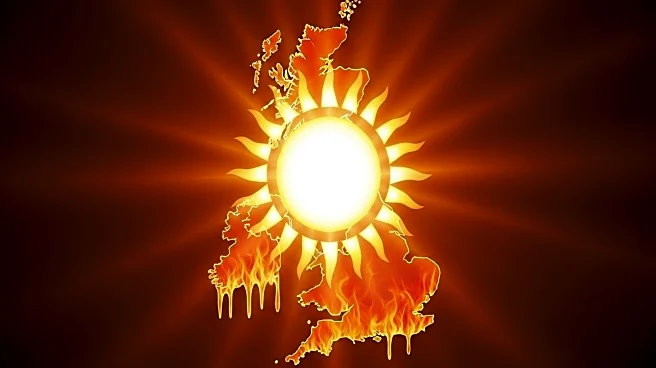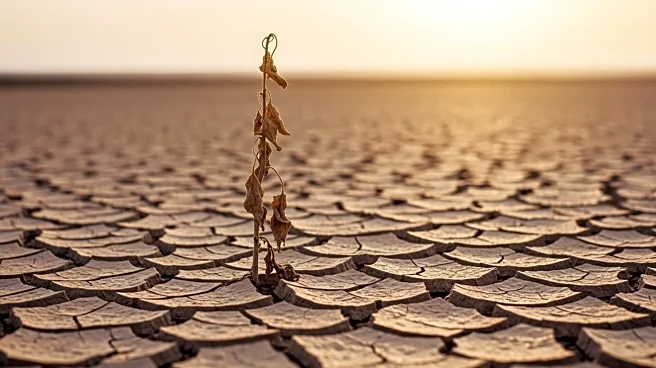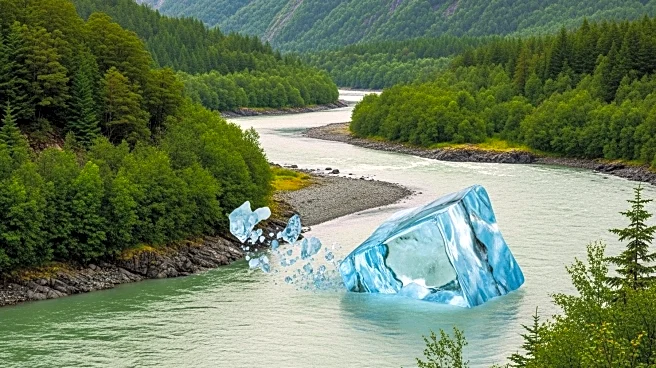What's Happening?
Met Éireann has reported that last month was the fourth warmest August on record, marking it as the ninth warmest month overall. The average temperature in August was 16.83 degrees Celsius, with below-average rainfall in most locations. This continues a trend of high temperatures, as it is the sixth consecutive month with temperatures in the top nine averages recorded over 126 years. The warmest temperature recorded in August was 28 degrees Celsius on August 12th. The month also saw varied sunshine percentages across different locations, with Shannon Airport recording 101% and Casement Aerodrome 123%. Rainfall was notably low, making it the driest August since 2022 and the 22nd driest since 1941.
Why It's Important?
The record temperatures and altered weather patterns have significant implications for agriculture, water resources, and energy consumption in Ireland. The persistent warmth could lead to increased demand for cooling systems and impact crop yields, potentially affecting food supply and prices. Additionally, the reduced rainfall may strain water resources, necessitating adjustments in water management strategies. These changes highlight the ongoing challenges posed by climate change, emphasizing the need for adaptive measures in various sectors to mitigate potential adverse effects.
What's Next?
As climate patterns continue to shift, stakeholders including policymakers, farmers, and energy providers may need to implement strategies to adapt to these changes. This could involve investing in sustainable agricultural practices, enhancing water conservation efforts, and developing infrastructure to support increased energy demands. Monitoring future weather patterns will be crucial in planning for long-term climate resilience.
Beyond the Headlines
The ongoing trend of warmer temperatures raises ethical and environmental concerns about the impact of human activities on climate change. It underscores the importance of global cooperation in reducing carbon emissions and investing in renewable energy sources to mitigate further climate disruptions.












